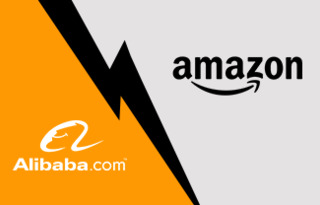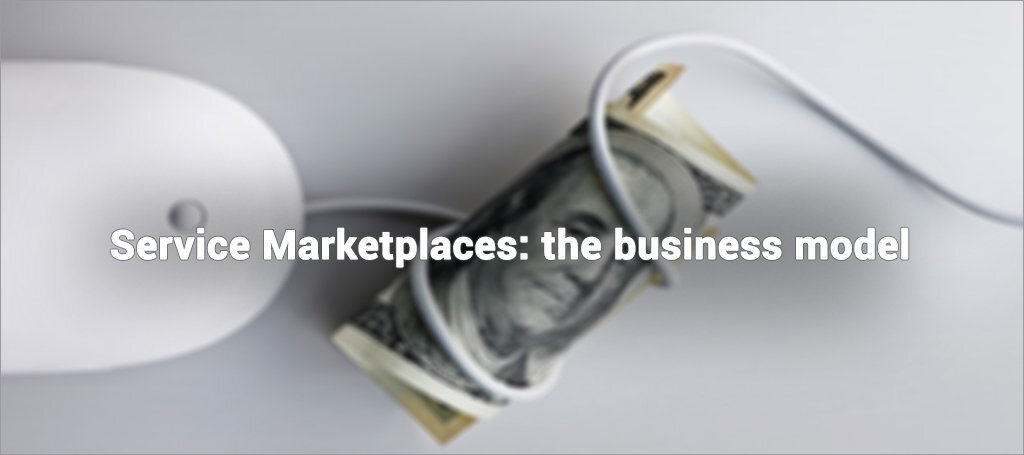
If the 2000s were the years of the e-commerce boom, then for marketplace e-commerce, and in particular for marketplace service platforms, it’s the decade we’re now in that’s seeing explosive growth – with the likes of Uber, AirBnB, Doctolib and more becoming household names.
With e-commerce already offering every imaginable product, marketplaces now let us find a plethora of services with ease: doctors, taxis, freelance workers, a place to stay or live – whatever the specifics, the role of the marketplace is to connect clients with a service provider. And while that provider might be a professional (a doctor, say), it could just as well be a simple individual (as with AirBnB).
In just these few years, this sector has already undergone several stages of evolution, experiencing a number of different economic models.
So what are the main parameters to be set by an entrepreneur who wants to create a service marketplace? Let’s take a look...
The income model. Clearly, the first fundamental question is: where is the income going to come from? Naturally, this critical matter sets the whole of the subsequent agenda for the establishment of your marketplace.
Who makes the move? A service marketplace is a three-way forum involving itself, service providers, and consumers. But which of these is to make the first move in a transaction? It’s certainly most common for it to be the consumer, but this is not always the case.
Setting the offer and the price. The final essential decision is that of who is tasked with defining the nature of the service being offered, and what will be charged for it.
Together, these three parameters determine the type of marketplace you are going to create. Your criteria for success and strategy for development will vary widely according to the precise combination. And remember, no single approach or model is inherently better than another – rather, different ways of working are simply better or less-well adapted to different target markets, and the consumers to be found within them.
All in all, there’s a lot to talk about. In this article, we’ll focus on the income models.
The income model
This is the essential criterion, playing the crucial part of defining the ambition of the platform, and its so-called ‘thickness’. This ‘thickness’ corresponds to the importance attached to the platform itself within the process of the transaction – the amount of added value it provides, and in the end the size of the margin which it can generate for what it does.
In other words, by the end of their purchase, will the client have the impression of having done business with a platform (as they might in the case of Uber, for example) or with some third party individual or business (such as a restaurant, in the case of La Fourchette, for example).
There are eight main income models:
1. Commission

The best-known model, and also the one which has seen the strongest growth these last years. In this model, the platform directly commercializes the services that are offered through it. Payment takes place through the platform, which takes a commission from what is charged.
Here the platform functions, in effect, as the marketing operation of the provider – and so this is the model where the ‘thickness’ of the platform is greatest, that platform being the environment in which the whole purchase takes place.
In this model, the provider only pays when a transaction takes place – creating a direct, 1:1 link between revenue and performance. This is a really attractive offer from the point of view of providers, who only pay out when revenues are flowing into them.
On the other hand, the high ‘thickness’ of such platforms means that while they are good at creating added value, they will also be the focus of blame when things go wrong. When a transaction facilitated by Bon Coin goes badly, the client will blame the provider, not the platform. But when you have an unpleasant Uber ride, it’s Uber itself that will take the flak.
This income model focuses the burden of performance on the client side of the platform – it’s necessary to attract a big number of users who follow through to a financial transaction, just like with e-commerce. Platforms using this model will have to keep a close eye on the end prices being offered by providers to customers, to make sure that the commissions being charged are not being passed on to the extent of making the offer uncompetitive.
Examples of this model are numerous:
- Uber, of course, for taxi/‘ride-sharing’ services
- AirBnB and Booking.com for accommodation
- My Cut, for home hairdressing
- Hopwork, for freelancing
- Evanéos, for travel agency services around the world
2. Putting-in-touch
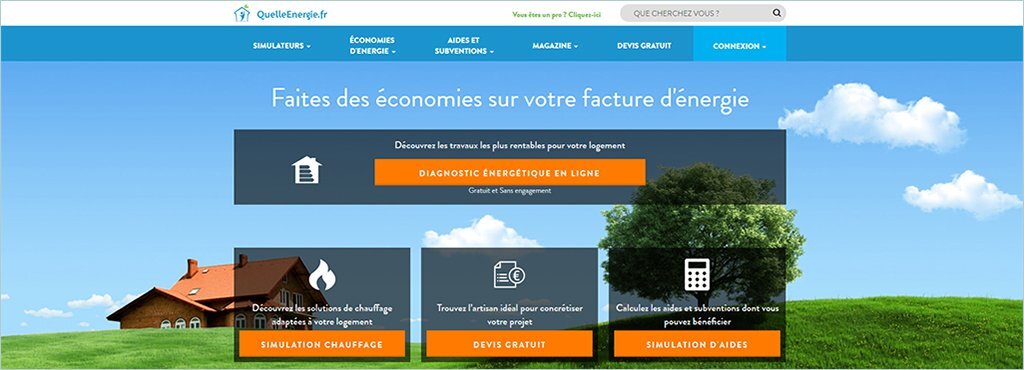
Also known as the ‘lead’ model, here revenues are again linked to performance, though less strongly so. The provider pays for each client the platform delivers, but in contrast to the commission model, they must pay whatever the result (even if the client makes no transaction).
In this model, both sides of the platform – client and provider – are equally essential. Close cooperation between the two is needed to generate income. This type of platform therefore has to develop both a network of providers and an audience of its own at the same time.
The drawback can be that because the system makes itself free for the client by charging the provider, it can be difficult to establish a strong network of providers who are willing to pay for clients who may or may not make a purchase. This is in contrast to the other models discussed here, where providers either don’t have to pay at all, or only do so when they make a sale.
This model may be suited to services with high average transaction values, or those which are difficult to standardize.
Examples include:
- Quelle Energie, which puts clients in touch with tradespeople in the field of energy renovation
- Companéo, a multi-purpose platform
- Star of Service, which connects providers with clients across a range of sectors
3. Service-provider subscription

This is another model where the service is completely free for the customer. The provider pays a fixed subscription, usually monthly, to appear on the platform. As such, this model does not charge according to performance: the provider pays the same whatever the results achieved.
To make the idea of a subscription attractive, this model often appears as part of a package of services (such as software and website provision), with the generation of contact between clients and providers just one part of what is being payed for.
The central challenges in model are to create force capable of efficiently commercializing the services being offered to providers, to have the lowest possible churn (subscription termination rate), and to invest in R&D so as to offer ‘software as a service’ (SaaS) that will add value and fuel loyalty beyond the simple function of generating commercial contact.
This choice of income model thus brings slightly less of a focus on the client-side of the platform (since it does not directly generate of income), leaning instead towards the experience of the provider (since it is they who paying for the whole thing via their subscriptions).
This model is used by companies including La Fourchette and Doctolib, which facilitate restaurant and medical bookings respectively. Providers pay for access to the platform, but also benefit in return from software for making and managing reservations/appointments – which can be used by all their customers, whether or not they have arrived through the platform.
4. Customer subscription
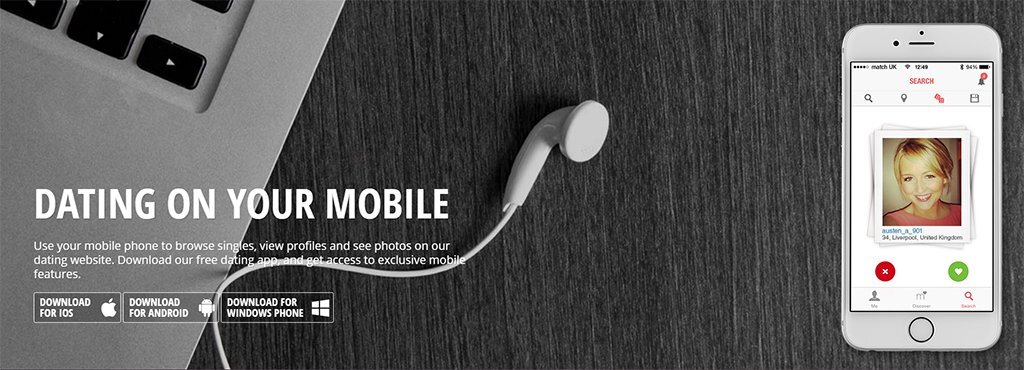
This model is more or less the opposite to the previous one: membership is free for service providers, with a monthly subscription, usually of just a small amount, for customers.
The upside here is that the lack of financial outlay for service providers makes it easy for the platform to keep a large range of them on its books, and so offer a wider range of services to clients.
The difficulty comes, predictably, on the side of the platform, where the client is asked to pay for access to information about providers of services. Nobody would do this if there was a free alternative, so this model is mostly restricted to sectors where providers are difficult to come by or can’t be found in free searches or directories.
As with the provider subscription model, client subscription offers the potential for a steady incomes stream, with monthly subscriptions renewed automatically. The motivation for users to retain their subscription could be weaker, however, than that of providers, as they may no longer have need of the subscription once their purchase has been made.
There are lots of instances of this model:
- in the field of childcare, with sites like Yoopies or Famihero
- Superprof, a marketplace for private tuition
- Dating sites such as Meetic
5. Classified ads

With classified ads there’s usually no membership charge either for the offerer (i.e., the provider) or the purchaser (that is, the client). The revenue for the platform comes from add-ons that let offerers highlight their advertisement from among all the others on the platform.
In this model, the challenge is usually twofold: the platform must both commercialize ads and to secure the loyalty of the advertisers, and also attract enough of an audience to the site for advertisers to have a good chance of finding customers.
This model is popular for real estate marketplaces, such as SeLoger.
6. Freemium

Very often the freemium model is used in conjunction with the three previously outlined (classified ads, client subscription, and provider subscription).
Whichever other model you attach it to, freemium means offering the basic elements of your platform free of charge to both providers and customers, while reserving certain features and services for those prepared to pay a fee or take out a subscription.
Additional features/services attracting a charge could include adding a logo to ads, bumping them to the top of search results, or creating listings with more information.
Freemium has the great advantage that neither customer nor service-provider needs to part with any cash when they first start to use the platform – the challenge, though, is converting these free users into paying ones. The trick, of course, is in finding a fair balance between the free offer, which must be attractive enough to generate initial interest, and the paid offer, which must be sufficiently more attractive to justify its price.
A range of different players use this model:
- Le Bon Coin is perhaps the best example – it offers a free service to pull in a big number of users, then lets providers pay to highlight their services
- LinkedIn is an example of a platform where most users do not pay for their accounts, but a certain category – such as sales and HR professionals – pays to be put in touch with potential customers or talent
7. Advertising
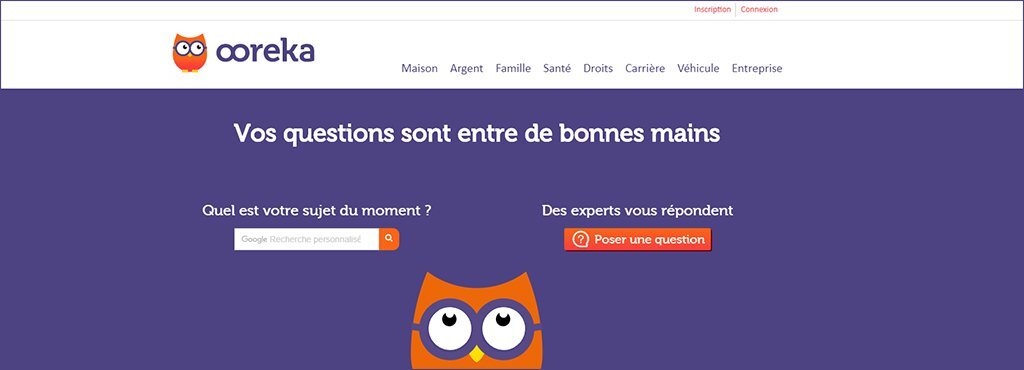
The advertising model harks back to the approach often taken in the early days of the internet – the one borrowed from the traditional media. It works by attracting service providers and consumers with the offer of putting each in touch with each other free of charge, and then getting advertisers to pay to put their adverts in front of the eyes of the platform’s users.
Because neither provider nor consumer is being asked to pay, it is usually easy to attract users on both sides of the platform. For those users to find the site, though, the platform must pay attention to generating content that will attract the attention of search engines.
In order to be attractive to advertisers, such sites must attract a large volume of traffic.
Indeed, online advertising is abusiness model that many see as increasingly challenging, and which is being used less and less – particularly as a sole source of revenue. But it does still have the potential to be a useful source of supplementary income, and as a way of monetizing the whole audience of your platform – not just those who buy through it.
Advertising is more popular on media sites, or those which occupy the space between media and marketplace, such asOoreka.
8. Payment for contact details

This is an ageing model, and probably the one in the process of disappearing. The principle is to offer the client ‘free’ access to the contact details of service providers, by means of a premium-rate number.
This model lets the platform earn a small margin, between about €1 and €3 per transaction, paid by the customer in the form of a telephone surcharge – and there’s little resistance from the providers side, since it can appear in listings without even knowing it.
The principal task of platforms operating on this model is to create great site content so as to maximise SEO ranking, and thus gain as much traffic as possible and maximise the number of people calling through to service providers.
The low technological demands of platforms operating on this income model mean they can be set up with fairly minimal resources.
The downside is low added value for customers, who only have access to a marginally better directory than they might find elsewhere.
There are no big names using this model now, but it can still be found lurking in many sectors.
So, how to choose your income model?
As we’ve seen, every model has its different characteristics, each with a variety of advantages and disadvantages.
The choice of one or another income model deeply affects the structure of your marketplace, even if it is always possible to change along the way.
So what, in the end, are the parameters to watch in making your decision? Here are a few pointers:
- Is there a dominant model in your sector? For example, nearly all taxi platforms use the commission model. Situations like this can represent an opportunity for new players to try a different approach.
- What’s the rate of transaction recurrence? Platforms expecting frequent transactions from customers will probably look at different incomes models from those where the transactions will be more occasional. The commission model often works better for frequent purchases, the ’putting-in-touch’ model for those that take place only from time to time.
- What is the average size of transaction? Some models work well for small purchases but not big ones, or vice-versa.
- Degree of offer standardization: with some types of service, the offer will be easy to standardize – renting of rooms, for example. With others, less so – meaning the customer and provider must communicate ahead of the transaction.
- The ease of finding a provider by other means. In some sectors – like hotels – consumers have the option of making their transaction without using a platform of any kind. In others, like babysitting, this could be more difficult.
- Which is the more challenging side of your particular sector – supply, or demand? Different income models can reduce or increase the obstacles on one side or another, so understanding which side is better placed to overcome those obstacles is important.
- What stage of its development is your company currently at? If you’re still at the very beginning, you’ll need to find a way around the old ‘chicken and egg’ conundrum – how to attract providers when you don’t have any customers for them yet, and vice-versa.
What’s the upshot? There’s no miracle recipe, but with an accurate analysis of the market you wish to target, you can find the income model to suit your needs. What’s more, with a bit of creativity, it’s often possible to combine elements from several different models, resulting in something totally new, and uniquely suited to your business!




